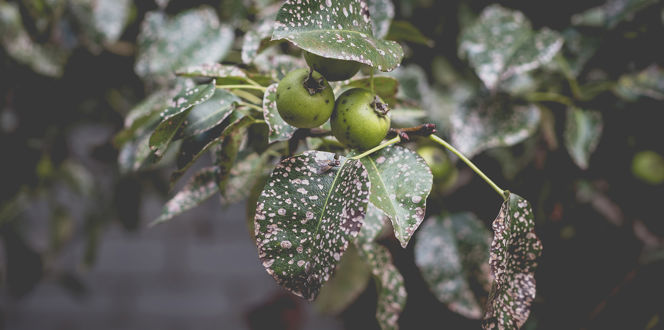Anthracnose Disease Description:
Anthracnose is a common and destructive group of fungal pathogens that attack various shade trees.
Hosts:
Ash (Fraxinum spp.); maple (Acer spp.); oak (Quercus spp.); sycamore (Platanus spp.); dogwood (Cornus spp.)
Biology & Symptoms:
Extended periods of cool, wet weather exacerbate and make anthracnose difficult to control with foliar fungicide applications. Generally, the fungus overwinters in infected, dead leaves lying on the ground. On sycamore, the pathogen also overwinters in infected buds, twigs, and cankers. During cool, wet springs, minute blister-like swellings form on infected tissues. These swellings release thousands of spores disseminating via wind, to infect new leaves. Brown necrotic tissue develops along leaf veins, which leads to premature leaf drop. Depending on the severity of the disease, there are varying amounts of leaf drop each season.
Ash Tree Anthracnose Symptoms
- Irregularly shaped, brown areas along veins on new leaves
- In late summer/early fall severe infection can cause premature leaf drop
Maple Tree Anthracnose Symptoms
- Brown lesions appear at leaf veins and extend inward
Oak Tree Anthracnose Symptoms
- White oaks are severely affected when new leaves are extending and there are prolonged periods of cool, moist weather
- On the lower branches, leaves have large dead areas between leaf veins
- The following spring, twig, and branch dieback may be evident





